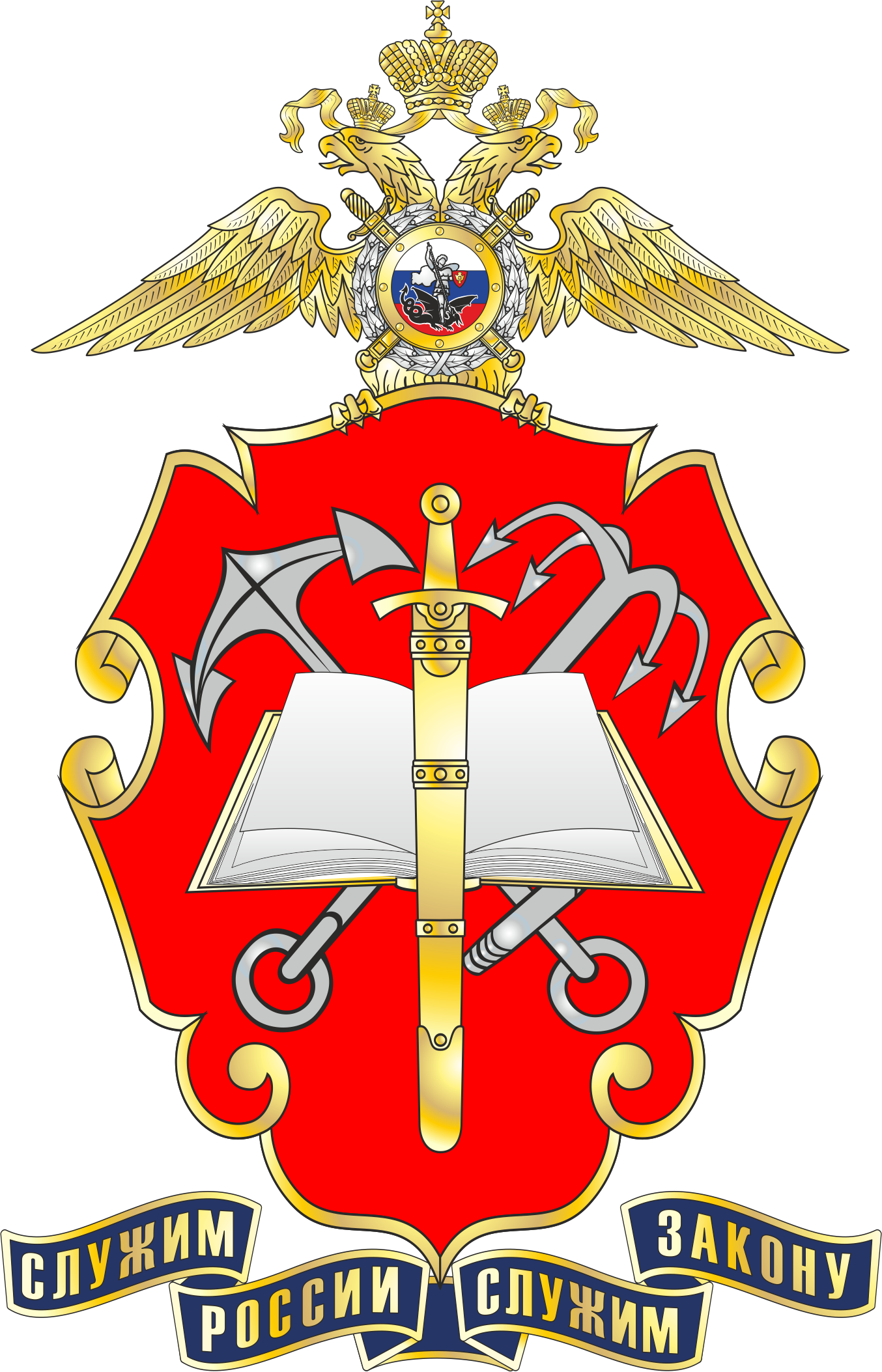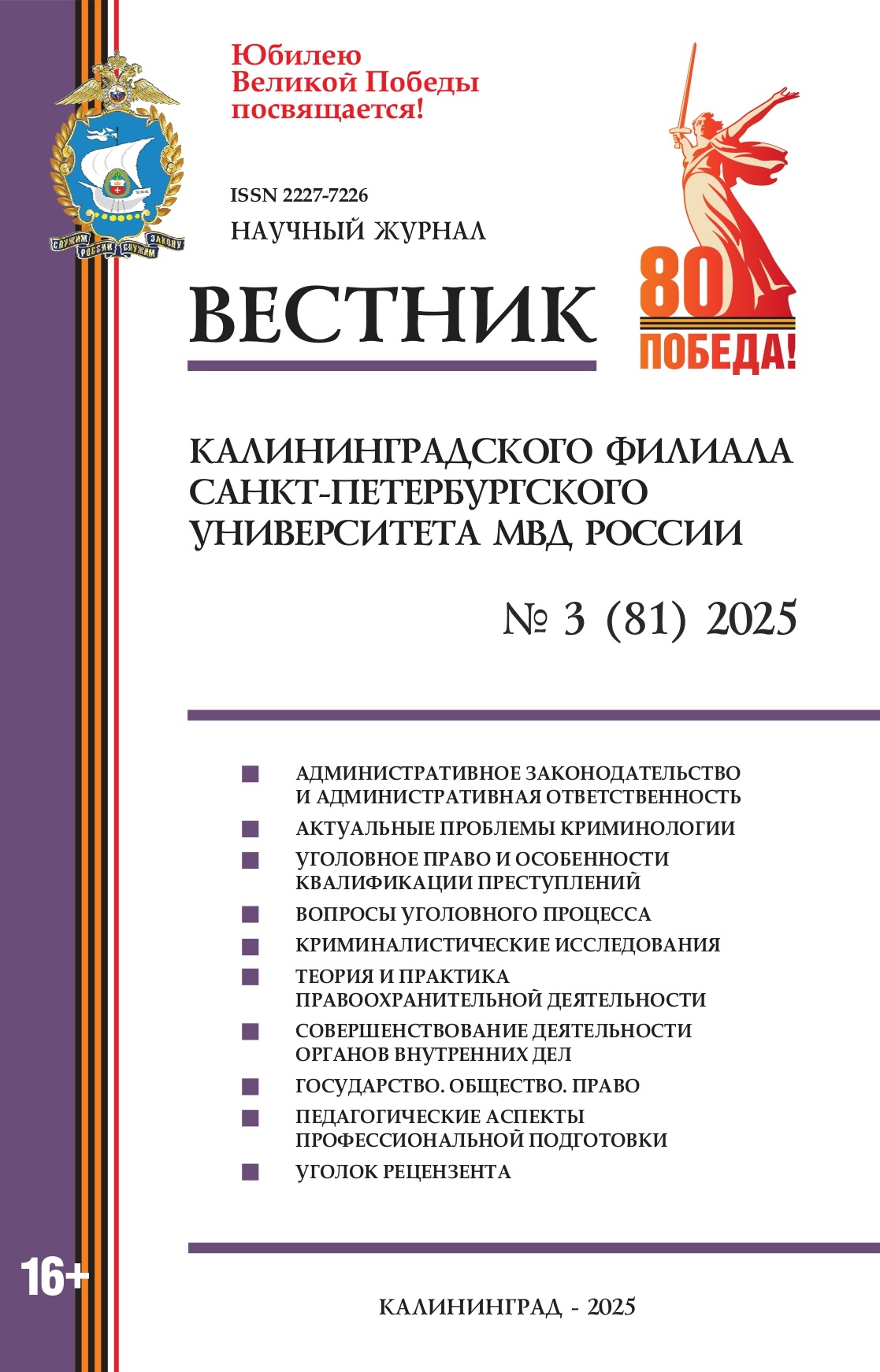Introduction. The relevance of the study is due to the need to improve the efficiency of activities to detect, investigate, and prevent crimes against the family and minors. An insufficiently high level of coordination between investigative bodies and state, municipal, and public structures predetermines the emergence of problems that negatively affect the effectiveness of the law enforcement system, preventing the timely identification of the causes and conditions of crimes. Methods. In the course of the study, general scientific and specific scientific methods were used: analysis and synthesis, generalization of investigative and judicial practice, questionnaires of law enforcement officers. A forensic approach was applied to the study of the forms and directions of interdepartmental interaction. Results. It was found that the most significant subjects of interaction with investigative bodies involved in the investigation of family crimes are guardianship and custody authorities, juvenile commissions, state human rights institutions, educational and medical institutions, as well as public and volunteer organizations. The necessity of a systemic and multi-level approach to the organization of interaction has been proven. It should be implemented both in the form of permanent cooperation with civil society institutions and within the framework of situational interaction during the investigation of specific criminal cases. It has been revealed that the introduction of methodological recommendations concerning such cooperation and the organization of its regulatory framework will improve the effectiveness of the investigation, reduce risks, and ensure a higher level of prevention of crimes committed against the family and minors.
Crimes against family and minors, crime investigation, crime prevention, interaction, guardianship and custody authorities, juvenile commission, human rights ombudsman, public organization.








